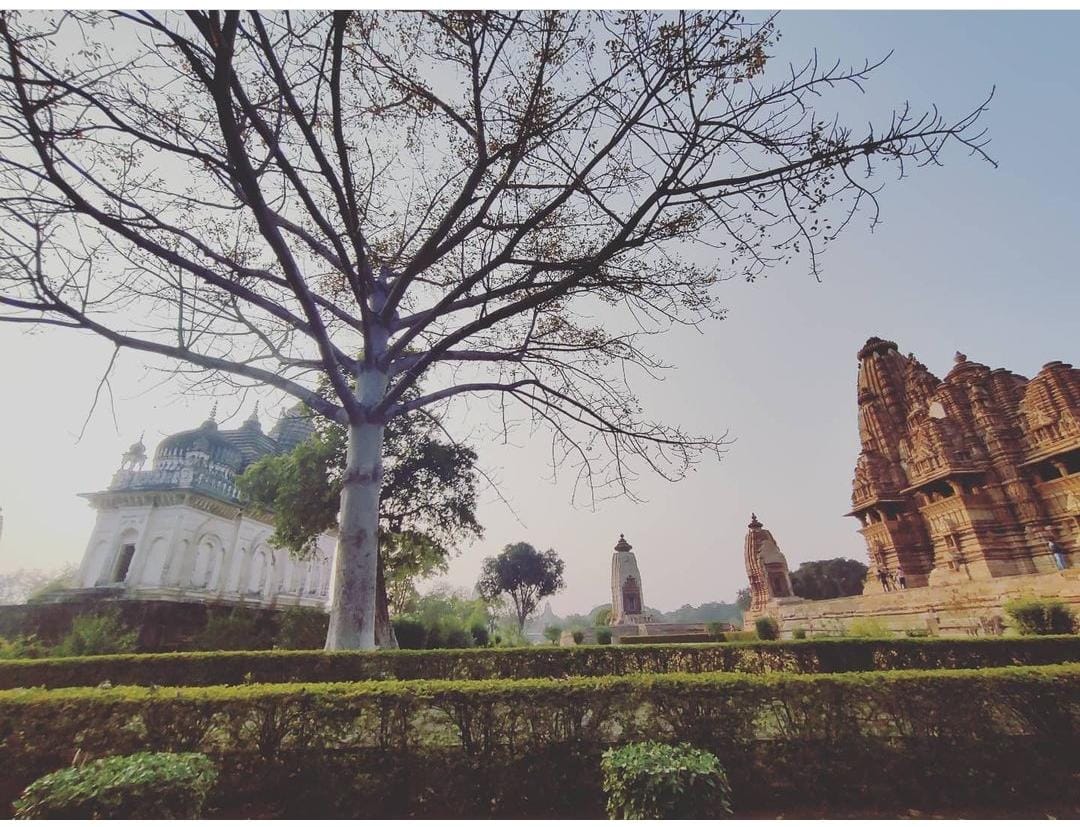The Changing Dynamics of Nationalism: A Reading of Select Fiction from Nepal.
Main Article Content
Abstract
The monarchy, Nepali language, and Hinduism have been instrumental in the development of Nepali nationalism, and issues related to ethnicity, language, race, and region have been systematically ignored in the formation of the Nepali state. Likewise, the national literature of Nepal until the 1990s was dominated by writers from the Hindu upper caste who spoke primarily of and for the ruling class, often undermining the diversity of an otherwise heterogeneous nation. However, the political upheavals witnessed by Nepal in the 21st century have led to an upsurge of groups searching for ‘national identities’ on ethnic and regional grounds. This has also brought key changes to the literary landscape of Nepal, and contemporary writers have been increasingly drawn to the emerging new voices and identity movements aimed at questioning the prevalent notion of ‘inclusive nationalism’ with its central axis on the monarchical base and Parbatiya supremacy. Against the backdrop of a renewed debate on nationalism and the structure of the state in Nepal, this paper seeks to examine the changing dynamics of Nepali nationalism as encapsulated in contemporary fiction from Nepal. The paper examines the rising ethnocultural and regional nationalism in Nepal in two contemporary novels, Karnali Blues (2010) and The Wayward Daughter (2018), by two prominent Nepali writers, Buddhisagar Chapain and Shradha Ghale, respectively. Karnali Blues has been hailed as a pioneering work in introducing ‘new regionalism’ in the context of Nepali literature. It narrates the story of mid- and far-western Nepal and aptly captures the lives of groups belonging to the margins. Shradhe Ghale’s The Wayward Daughter focuses on a Janajati family and portrays a rich cross-section of Nepali society influenced by the lived realities of class and caste. The paper explores the diversity of life, region, and population in Nepal as depicted in both novels, thereby validating the necessity to understand Nepali nationalism in terms of region, class, religion, and ethnicity. This is also reflective of the changing narrative of Nepali nationalism.
Keywords: Nationalism, Nation, Ethnicity, Regionalism, Religion, Nepal, Fiction
Downloads
Article Details

This work is licensed under a Creative Commons Attribution 4.0 International License.
Copyrights of all materials published in SARE are retained by the authors. Authors may republish their work or grant others permission to republish it. We would be grateful if republication is accompanied by an acknowledgment that the work was originally published in SARE.
References
Bhandari, Ravi, et al. “Rising Ethno-Cultural Nationalism in Nepal: Postmodern Illusion or Democratic Delusion?” Sociological Bulletin, vol. 58, no. 1, 2009, pp. 6–24. JSTOR, http://www.jstor.org/stable/23620833. Accessed 20 Dec. 2022.
Bhattachan, K. B., and K. N. Pyakuryal. “The Issue of National Integration in Nepal: An Ethnoregional Approach”. Occasional Papers in Sociology and Anthropology, vol. 5, June 2008, pp. 17-38, doi:10.3126/opsa.v5i0.1093.
Brubaker, R. ‘Myths and misconceptions in the study of nationalism’, in J. Hall (ed.) The State of the Nation: Ernest Gellner and the Theory of Nationalism .Cambridge University Press, 1998.
Buddhisāgara , and Michael Hutt. Karnali Blues. Penguin Books, an Imprint of Penguin Random House, 2021.
Burghart, Richard. “The Formation of the Concept of Nation-State in Nepal.” The Journal of Asian Studies, vol. 44, no. 1, 1984, pp. 101–25. JSTOR, https://doi.org/10.2307/2056748. Accessed 22 Jan. 2023.
Gaige, Frederick H. Regionalism and National Unity in Nepal. Himal Books, 2009.
Gellner, D. “How Should One Study Ethnicity and Nationalism?” Contributions to Nepalese Studies, Scanned version of published article, vol. 28, no. 1, Centre for Nepal and Asian Studies (CNAS), Tribhuvan University, Nepal, 2001, pp. 1–10.
Ghale, Shradha. The Wayward Daughter: A Kathmandu Story. Speaking Tiger Books, 2018.
Hachhethu, Krishna. “Democracy and Nationalism Interface between State and Ethnicity in Nepal.” Contributions to Nepalese Studies, vol. 302, no. 2, July 2003, pp. 217–52. https://lib.icimod.org/record/11224.
Hutt, Michael. “Writers, Readers, and Sharing of Consciousness: Five Nepali Novels” Himalaya 34(2).2014. https://digitalcommons.macalester.edu/himalaya/vol34/iss2/6.
---“Singing the New Nepal” Nations and Nationalism,vol.18,no2,Apr.2102,pp306-25 - Wiley onlinelibrary.wiley.com/doi/full/10.1111/j.1469-8129.2011.00512.x.
--- Himalayan Voices: An Introduction to Modern Nepali Literature. University of California Press, 1991.
Lawoti, Mahendra, and Susan I. Hangen. Nationalism and Ethnic Conflict in Nepal: Identities and Mobilization after 1990. Routledge, 2017.
Malagodi, Mara. “The End of a National Monarchy: Nepal’s Recent Constitutional Transition from Hindu Kingdom to Secular Federal Republic.” Studies in Ethnicity and Nationalism, 11 (2).2011 pp. 234-251. https://doi.org/10.1111/j.1754-9469.2011.01118.x
Pun, Min. “Developing Trends in writing: A Bibliographical Study of Nepali Writing in English After 1990” 6. 48-80. https://www.researchgate.net/publication/343980071
Relph, E. C. Place and Placelessness. SAGE, 2016.
Riaz Ali and Subho Basu. Paradise Lost? State Failure in Nepal. Lexington Books,2010.
Thapa, Manjushree. The Country Is Yours: Contemporary Nepali Literature. Printhouse, 2009.
Upreti, B. C. “Nationalism in South Asia: Trends and Interpretations.” The Indian Journal of Political Science, vol. 67, no. 3, 2006, pp. 535–44. JSTOR, http://www.jstor.org/stable/41856240. Accessed 22 Jan. 2023.
Williams, Raymond. The Country and the City: Raymond Williams. Chatto and Windus, 1973.
